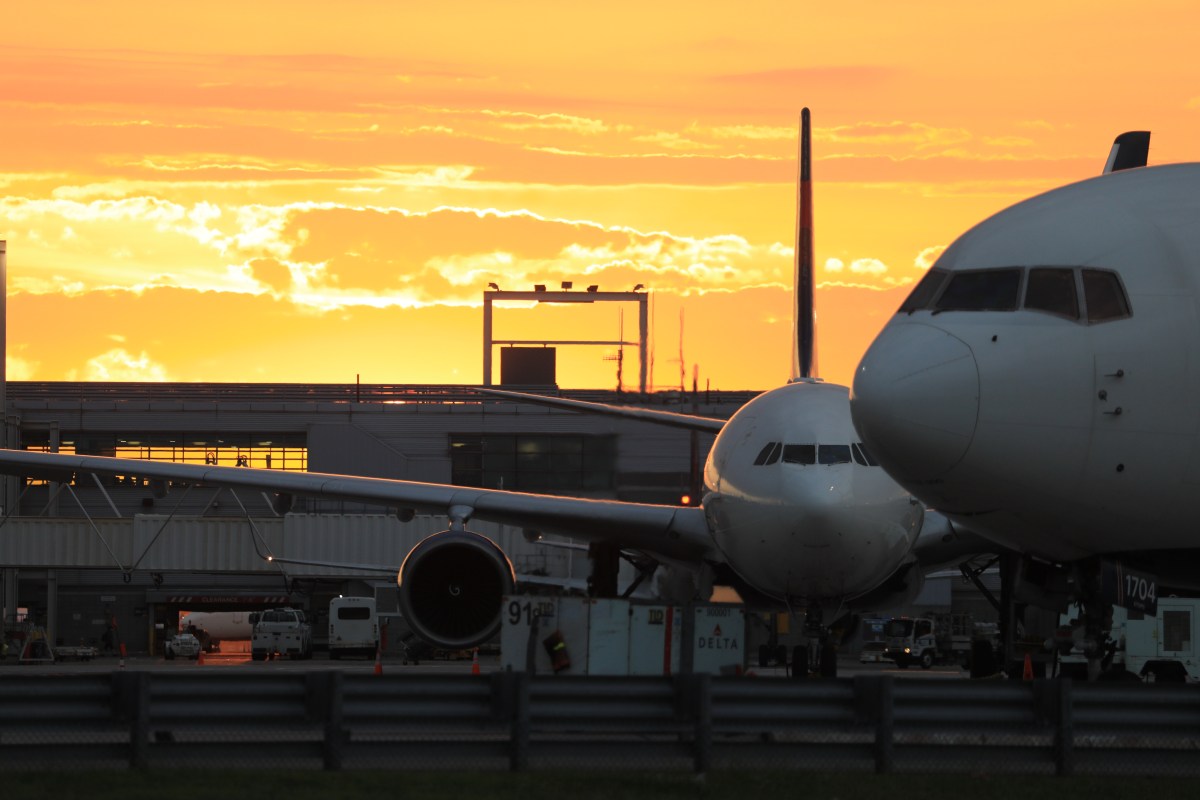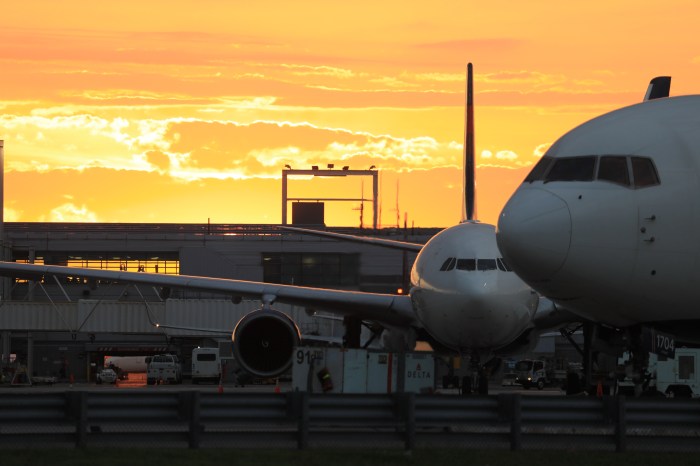Up to 21% of New York City dwellers tested positive for having antibodies to COVID-19, Governor Andrew Cuomo said, citing data from a preliminary study to nail down a number of factors concerning the public’s status.
Identifying cases and tracing their contacts as well as harvesting blood for convalescent plasma will be the primary objectives of the state’s antibody testing effort that Cuomo said will inform New York on its reopening strategy.
“Testing is going to be a major operation that happens from now until the situation is over. It’s new, it’s technical, it’s complex, it’s political football, but testing does a number of things for us,” Cuomo said. “So there are different forms of testing for different purposes. All of them are important. It was vital for any state to first get a baseline study on infection rate.”
At this point in the pandemic, Cuomo says the state has been slow to assess the infection rate and could only estimate based on the number of hospitalizations in each area. Now, the governor is saying that testing of 3,000 individuals so far at random is the first study to determine the infection rate.
“Three-thousand is a significant data set, but it’s still preliminary,” Cuomo said.
This preliminary data, Phase 1, surveyed people in 19 counties and 40 localities across the state, Cuomo said, and collected at grocery stores and other retail locations. This means that people who are out and about shopping and not working at the time of the survey formed the majority of the sample size.
Cuomo believed it was safe to assume the majority of these individuals were non-essential workers.
About 13.9% of the sample pool tested positive for having the antibodies, meaning they had the infection up to six weeks ago and recovered. About 12% were women and 16% male.
New York City residents average 21% for the antibodies, Cuomo said.
The study also found that statewide, 22.1% of Black residents surveyed and 22.5% of Latino/Hispanic residents who participate tested positive for COVID-19. They made up a combined 31.9% of the study respondents.






































